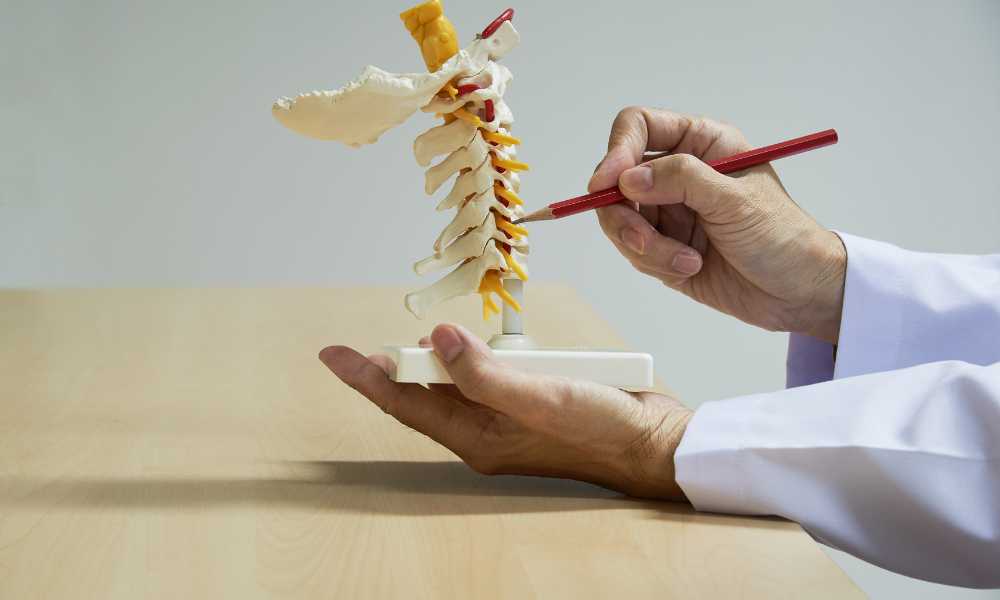In the realm of emergency medical response, every second counts, and having the right equipment can make a significant difference in saving lives. One such indispensable tool is the spine board, a crucial device that plays a pivotal role in ensuring the safety and well-being of individuals with suspected spinal injuries. This article delves into the importance of spine boards in emergency situations, exploring their design, usage, and the impact they have on patient outcomes.
The Anatomy of Spine Boards:
Spine boards, also known as backboards, are rigid flat surfaces typically made of lightweight yet durable materials like plastic or composite materials. They are designed to provide crucial support to individuals with suspected spinal injuries, stabilizing the spine and preventing any potential damage during transportation. The boards are long and wide, with straps to secure the patient firmly in place.
Design Features:
The design of spine boards reflects a careful consideration of both patient comfort and medical necessity. Most spine boards feature a contoured surface to mimic the natural curvature of the spine, providing a secure and comfortable fit for the patient. The materials used are radiolucent, allowing medical professionals to conduct X-rays without removing the patient from the board, ensuring minimal movement during diagnostic procedures.
Critical Role in Immobilization:
The primary function of a spine board is to immobilize the spine fully. In cases of trauma or accidents, spinal injuries can be exacerbated by any movement. The use of spine boards helps prevent any potential damage to the spinal cord by restricting movement during patient transfer. Immobilization is crucial not only for the patient’s immediate safety but also for long-term recovery, minimizing the risk of further injury.
Strategic Strapping:
Spine boards are equipped with straps that are strategically placed to secure the patient in a neutral, anatomically correct position. These straps are adjustable, allowing for a customized fit to accommodate various body sizes and shapes. Proper strapping not only ensures the patient’s safety but also facilitates ease of handling during transportation, reducing the risk of additional trauma.
Emergency Situations:
Spine boards come into play in a variety of emergency situations, including automobile accidents, falls, and sports-related injuries. In these scenarios, suspected spinal injuries are a common concern, making the use of spine boards essential for both first responders and medical professionals. The ability to swiftly immobilize and transport patients with suspected spinal injuries can be a decisive factor in their overall prognosis.
Extrication from Hazardous Environments:
In certain emergencies, such as car accidents, patients may need to be extricated from hazardous environments before receiving medical attention. Spine boards facilitate the safe removal of individuals from wreckage or confined spaces without compromising their spinal stability. This capability is vital for the safety of both the patient and the responding emergency personnel.
Challenges and Controversies:
While spine boards are widely accepted as a standard tool in emergency medical response, there has been some debate regarding their use. Critics argue that the prolonged use of spine boards may lead to complications such as pressure sores, respiratory compromise, and increased patient discomfort. However, proponents emphasize that when used judiciously and with proper protocols, spine boards remain a crucial asset in preventing further spinal injury during transportation.
Balancing Act:
The key lies in striking a balance between the need for spinal immobilization and the potential risks associated with prolonged use of spine boards. Medical professionals are urged to assess each case individually, considering the severity of the suspected spinal injury and the overall condition of the patient. Protocols and guidelines are continuously evolving to ensure that the use of spine boards remains effective while minimizing any associated risks.
Conclusion:
In the high-stakes world of emergency medical response, spine boards stand out as indispensable tools that can make a crucial difference in patient outcomes. Their design, with a focus on spinal immobilization and patient comfort, reflects the advancements in medical technology aimed at enhancing pre-hospital care. While challenges and controversies persist, the careful and judicious use of spine boards remains a cornerstone in the first responders’ toolkit, embodying the commitment to saving lives and ensuring the best possible outcomes for individuals with suspected spinal injuries.




